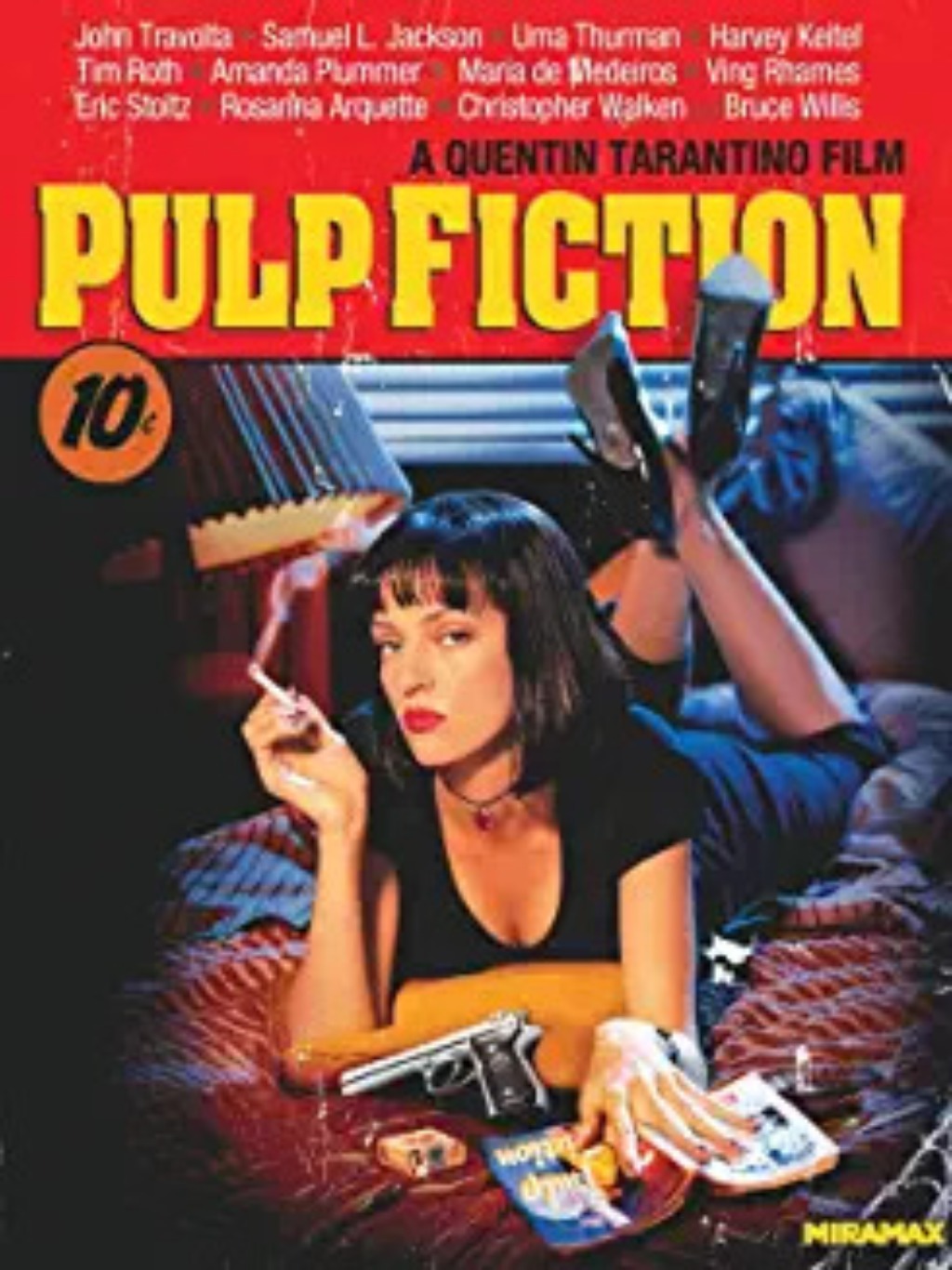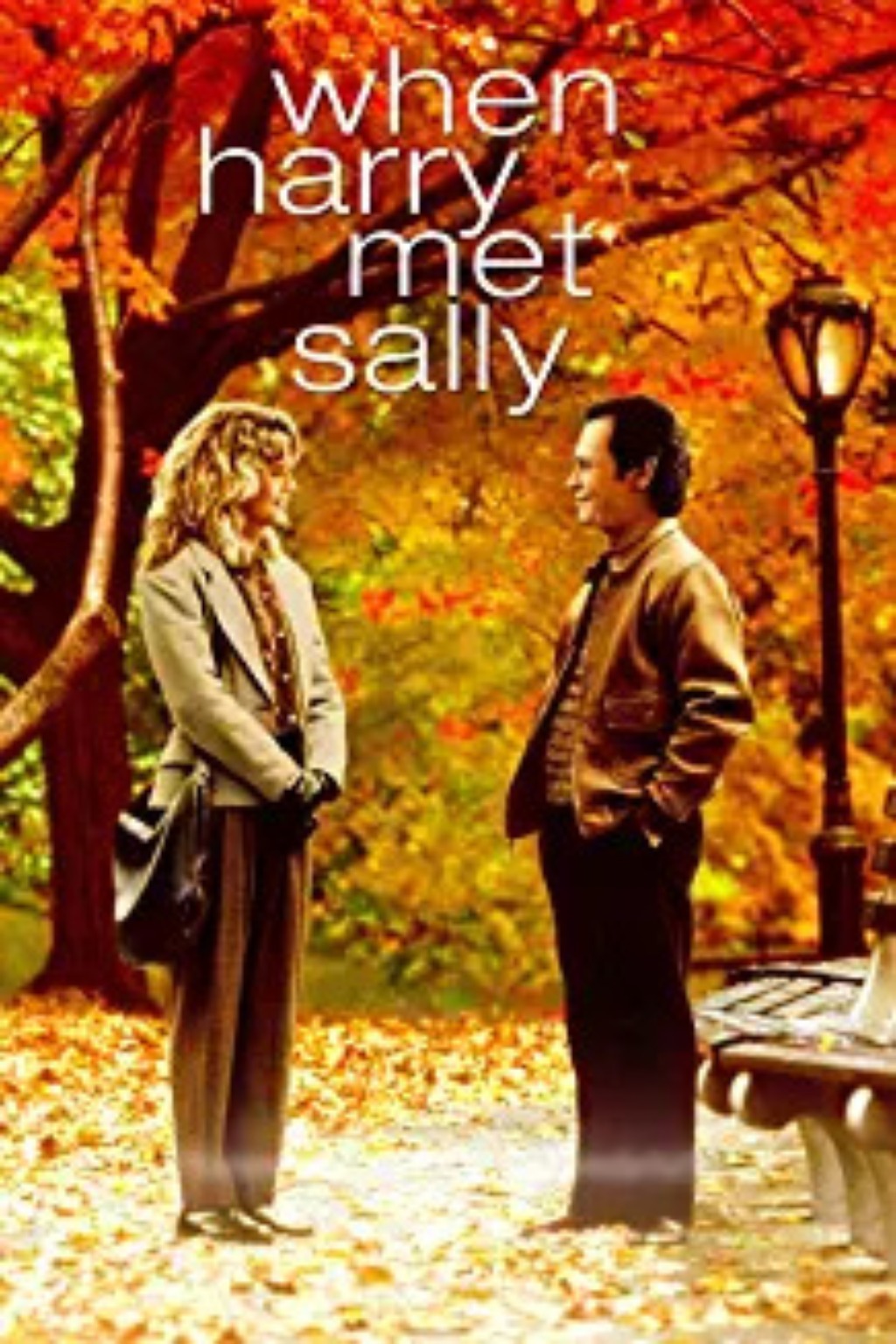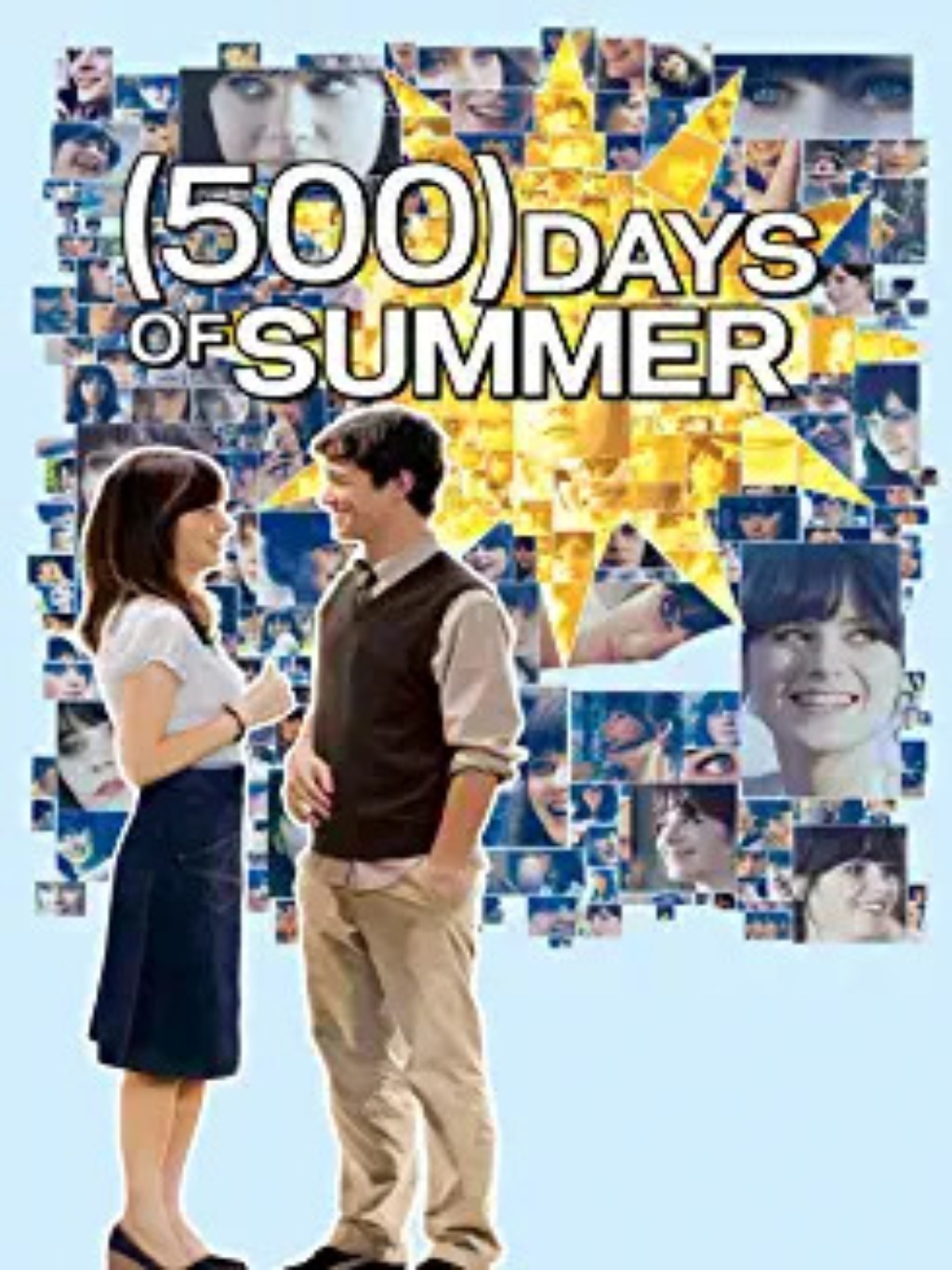Last week we talked about how much you can learn about storytelling from TV shows. This week I thought we could discuss movies. In a way movies are closer in structure to novels than television shows—unless a book is a part of a long-running series, it has a clear beginning, middle, and end. Movies are the same. Whereas shows can run for seasons and seasons with no end in sight.
Here are a few films that can teach you a ton about different facets of storytelling.

Weaving Multiple Plot Threads: Pulp Fiction
Where to watch it: HBO Max
There tend to be two things that come to mind at the mention of any Quentin Tarantino film: gory violence and great dialogue. It’s no accident that multiple lines and monologues from Pulp Fiction have since become iconic pieces of pop culture. You’d be hard-pressed to find someone who hasn’t heard of a “Royale with cheese” or Christopher Walken’s “gold watch” speech.
One of the most noteworthy aspects of this film, however, is the way that it manages to seamlessly weave three seemingly disparate storylines together. These are the stories of a pair of two-bit criminals referred to as only “Pumpkin” and “Honeybunny”, well-dressed criminals Jules and Vincent, and a boxer named Butch who was supposed to throw a match but didn’t. The stories intersect in small ways at first—Vincent and Jules show up in a bar where Butch is being told to throw his match, and they are all working for the same crime boss: Marcellus Wallace.
But the pieces of the story still seem fairly separate until they begin to merge more than halfway through the movie. The plot then backtracks to continue from where a much earlier scene left off, explaining multiple aspects of what has already taken place thus far. The film ends with a collision between two of these threads that is deeply satisfying.
This film offers several lessons about how to play with time and structure. It will teach you a lot about how to shift between storylines in a way that is much more interesting than simply moving from one perspective to another.

Telling a Good Love Story: When Harry Met Sally…
Where to watch it: HBO Max
Despite the fact that When Harry Met Sally… came out over 30 years ago, the romantic comedy continues to resonate with viewers today. It tells the fairly simple story of a man and woman who start out hating each other, become great friends, and eventually fall in love. The friends-to-lovers trope has been done many times before, and yet this movie is considered one of the most well-executed versions of it—as well as one of the best romantic comedies, period.
This love story is so well-regarded for a few reasons. One is the unmistakable chemistry between Meg Ryan and Billy Crystal. Another is that it’s a beautifully shot film, with views of autumn leaves and gorgeous apartments that will make you fall in love with New York City.
But what really makes the viewer invested in the relationship between these two is how much of the movie consists of them simply talking to each other (there are plenty of lessons to learn about crafting great dialogue here as well). This film isn’t full of dramatically crashed wedding ceremonies and runs to the airport—instead, Harry and Sally walk through parks, eat meals together, and pick out wedding presents for their friends. It is through getting to see these two bond and enjoy ordinary life that you end up rooting for them to finally get together.
When Harry Met Sally… will help you to learn that romances between your characters don’t have to be flashy or melodramatic. They just need to be real and genuinely portrayed.

Telling a Not So Good Love Story: 500 Days of Summer
Where to watch it: Hulu
While When Harry Met Sally… excels at making you root for the central characters’ romance, 500 Days of Summer does the opposite. The film begins with main characters Tom and Summer sitting on a bench together holding hands, and she’s wearing a wedding ring—the perfect romantic scene, right? But the voiceover narration then tells the viewer, “This is a story of boy meets girl. But you should know upfront, this is not a love story.”
From there, we follow Tom’s infatuation with his coworker Summer over roughly a year and a half. At first, the two seem perfect for each other—they like the same music and movies and have a similar sense of humor. But as Tom’s preternaturally wise little sister points out, “Just ’cause some cute girl likes the same bizarro crap you do, that doesn’t make her your soulmate, Tom.” We begin to see the cracks in their relationship and how Tom has been idealizing Summer to the extent that she never could have lived up to his expectations.
This is a rare movie that focuses on when a relationship doesn’t succeed. Like Pulp Fiction, it jumps around in time to tell the story in a more interesting way. We alternately see the highs and lows of their relationship, much like a person going through a painful breakup would. And like When Harry Met Sally…, the film uses well-written, real dialogue to communicate the characters’ feelings.
Watching movies can teach you a great deal about story structure and how to create compelling relationships between your characters. And this is just a small sampling—it’s likely that any movie you enjoy will excel in aspects of storytelling that you can integrate into your own work. So you should try to set aside some weekend time, get comfy on your couch with some snacks, and get studying!
Click here for 3 more movies you can study to improve your writing.